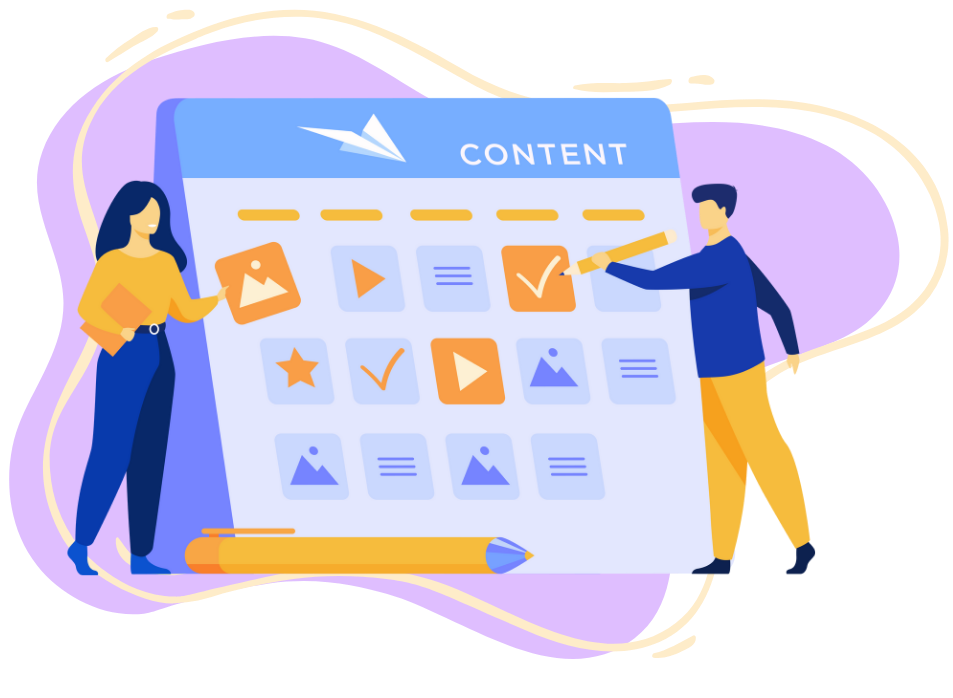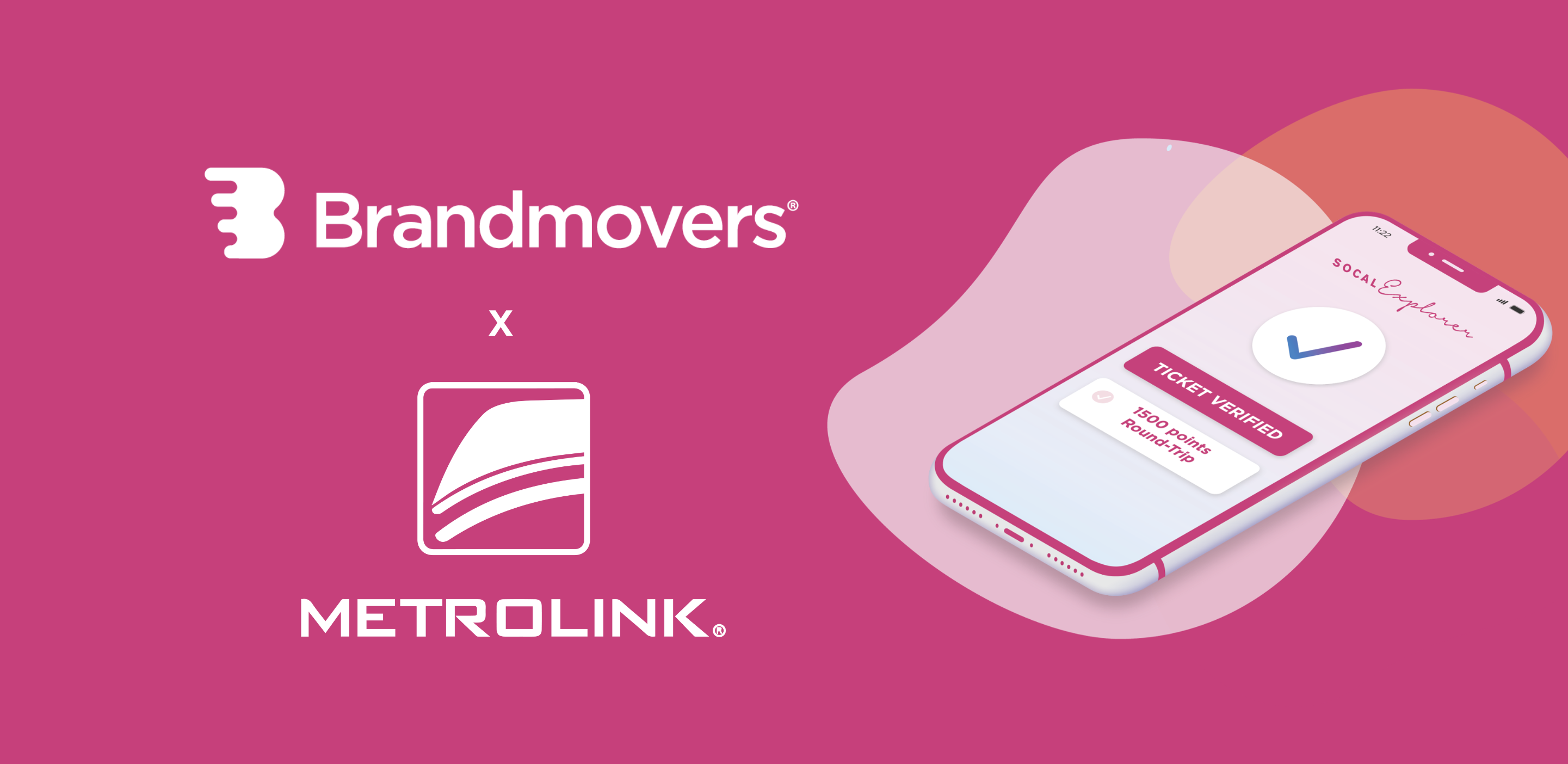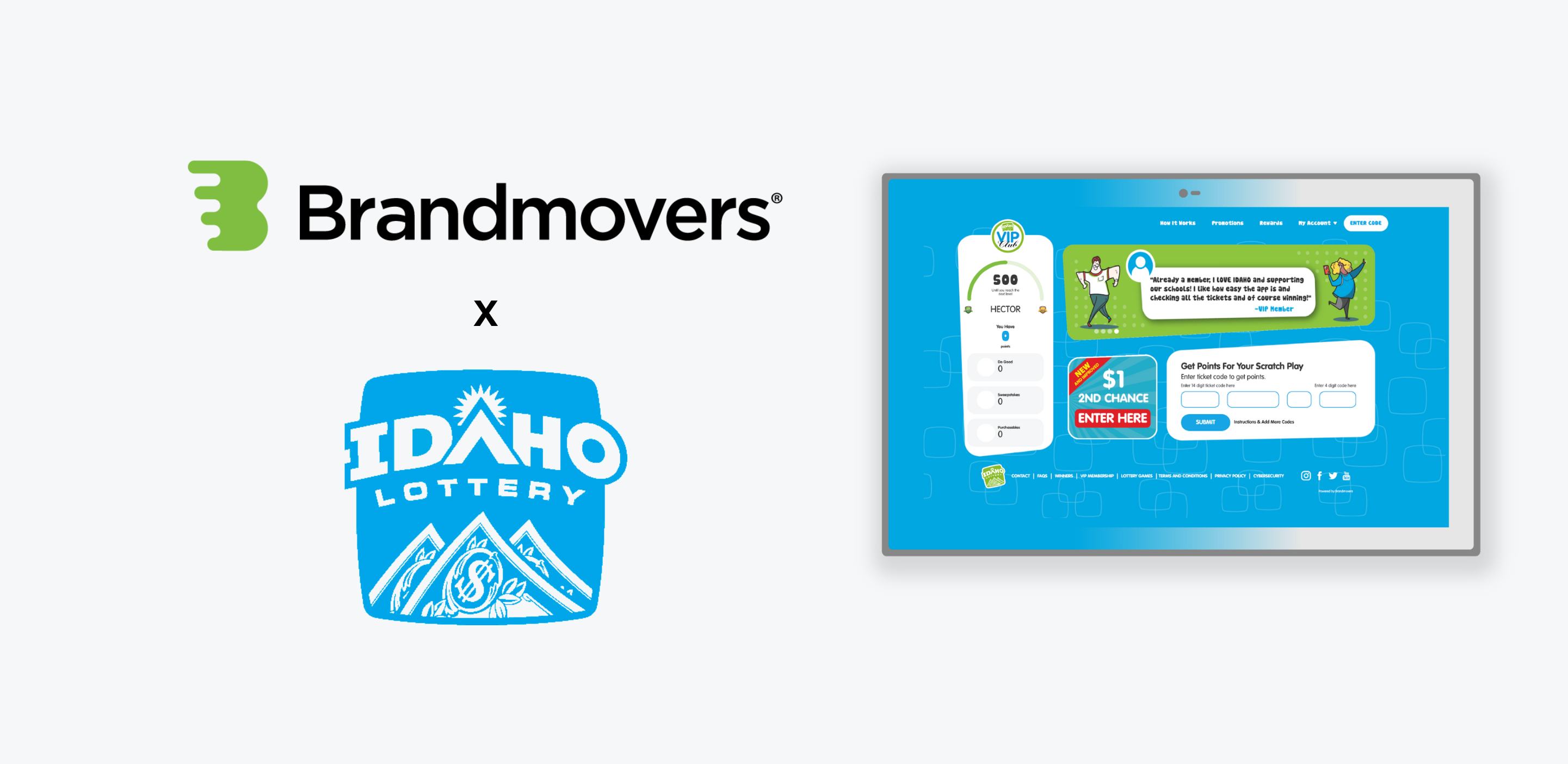The Complete Guide To Building A Customer Loyalty Communication Strategy
Learn how to create a communication strategy that drives engagement and increases customer retention by infusing loyalty-driving messaging and experiences throughout the entire customer lifecycle.

Why Do Brands Need A Loyalty Communication Strategy?
Customer communications are essential to creating a great customer experience, especially for loyalty programs. Clear, consistent, and targeted communications are critical in improving loyalty program success.
A strong communication strategy can go a long way in driving member engagement and increasing program performance. When members receive program communications that are valuable and relevant, their program participation rises and they are more likely to continue engaging with the brand.
Foster Trust Through Transparency - Trust and transparency are more important to consumers today. A good communication strategy can help brands build trust among customers by sharing their values and beliefs.
Create Emotional Connections - storytelling is a powerful tool, one that can help brands create emotional connections with their customers and communities. A built-out communication strategy allows program managers to implement storytelling organically.
Generate Higher ROI - A proper communication strategy will enable you to incorporate more customer segmentation and personalization, both of which are known to generate higher ROI per dollar spent than mass-blasted communications.
Provide Measurable Results - analytics and reporting can demonstrate how effective your communications are over time and give you opportunities to improve.
Steps To Building A Loyalty Communication Strategy
Understanding Lifecycle Stages For Loyalty Program Members
A foundational part of any loyalty program is having a member lifecycle communication strategy for the different lifecycle stages loyalty program members go through: Acquisition, Onboarding, Engagement, Retention, and Reactivation.
Different from journey mapping, lifecycle stages are the framework for how customer relationships evolve and encapsulate numerous opportunities to insert loyalty-driving interactions and deliver meaningful customer value. A good lifecycle strategy starts with determining the specific customer segments, attributes, and key messaging for each stage. Doing so will help you develop the tailored communications that become part of your overall loyalty communication strategy.

Acquisition
The first stage in the member lifecycle is the Acquisition stage, which focuses on acquiring customers for your brand and loyalty program. This stage aims to raise widespread brand awareness among current and potential customers through targeted communications across all channels, including digital, mobile, and in-store.
This stage is all about making a great first impression and providing new customers with the necessary information to enroll and participate in your loyalty program. The core messaging emphasizes loyalty program benefits, your brand's unique value proposition, and immediate rewards for opting in or signing up.
Effective loyalty communications can help you build a strong, engaged customer base that will keep coming back for more.
Tactics You Can Use:
- Retail displays or on–pack messaging
- Influencer campaigns & other paid media
- Social media campaigns & promotions such as sweepstakes, contests, etc.
Onboarding
The onboarding stage is all about making a good first impression with new members by introducing them to the loyalty program and guiding them through the first steps for participating.
Onboarding is a crucial stage because it’s the first experience new members have with the loyalty program, and can inspire them to continue. Your communications for this stage should focus on educating the member about loyalty program processes such as setting up member profiles, how to earn and redeem rewards, and using member benefits, which can include any special enrollment offers or new member promotions.
A key goal of this stage is motivating new members to complete a transaction and redeem their first reward.
Tactics You Can Use:
- Welcome emails
- Onboarding Emails & Instructional videos, guided tours
- FAQs or How-To’s
- “Complete Your Profile” prompts
Engagement
The Engagement stage is focused on encouraging members to continue using and interacting with the loyalty program regularly once they’re past the onboarding stage.
Communications for this stage are centered on helping members realize the growing value they receive from consistent engagement by promoting more opportunities to earn points or rewards, creating relevant content, sending personalized updates and offers, and more.
Another aspect of this stage is collecting member data and feedback that you can use to build more targeted customer communications, offers, and deals in the future.
Tactics You Can Use:
- Member newsletters
- Interactive dashboards with dynamic content
- Earn & usage offers
- Growth offers (i.e. “spend this much to advance to this new benefit /reward level”)
- Anniversaries & birthday recognitions
Retention
The Retention stage is all about continuing to build loyalty and advocacy among current members, while at the same time actively working to prevent member churn.
A key strategy for this stage is recognizing your most loyal customers and showing appreciation for them through “VIP” service and premium rewards and benefits. This part of the lifecycle is when loyal customers can transition into full brand advocates by referring friends or family, leaving testimonials, and encouraging others to join the loyalty program.
Another priority for this stage is keeping members highly engaged and active in the loyalty program by incentivizing them to participate in value-adds such as interactive games or promotions, exclusive member-only experiences, specialized offers or content, and more.
Tactics You Can Use:
- Personalized experiences using collected data
- Gamification
- Interactive digital promotions & games
- “Surprise and Delight” offers or rewards
- “Thank–you” informational, educational emails
Reactivation
The Reactivation stage (also called the Reengagement stage) is essentially a win-back stage that targets lapsed or inactive members in hopes of motivating them to become active in the loyalty program.
Communications for this stage focus on reversing the decline in member engagement using reactivation messages, special offers, or reward incentives.
A crucial aspect of this stage is researching why customers disengaged or left the loyalty program. This can help you identify and address any potential issues with the program and help develop more effective messaging to activate lapsed customers again.
Tactics You Can Use:
- Reactivation campaigns with personalized appeals
- Edutainment content - 'Did You Know' series
- Upcoming events or new feature announcements
Planning A Communications Strategy: Best Practices
1. Ensure Your Strategy Is Customer-Centric
This might feel obvious but you'd be surprised how often brand communications fail to include messaging that matters to their customers or helps them in some way. Irrelevant or busy communications often just create noise that distracts customers, eventually leading them to disengage.
You can avoid this by keeping your communication strategy focused on your customers: who are they? What do they want? How can you help them get what they want? What problems or roadblocks do they run into? How can they solve those problems?
2. Determine Which KPIs & Metrics To Track
You might have a full communication strategy planned out but you won’t know if it’s succeeding unless you track and measure how it's performing. It's essential to have the right analytics, tracking, and reporting tools on hand so you can easily monitor and improve your loyalty program communications.
You can determine what specific KPIs and metrics are important to measure by considering your program goals, such as getting more members to participate in promotions or redeem special offers. These can help you identify which communication metrics to prioritize.
3. Consider What Actions You Want Customers To Take
Think about what you want customers to do when crafting a communication strategy. You might have different goals or objectives you want to accomplish. How can your communications motivate or drive customers to complete a task or take a specific action?
4. Create A Customer Journey Map
Journey mapping is essential for putting together a communications plan. Journey mapping is essentially creating a complete story of your customer interactions with your brand. It lets you understand your customer’s perspective, what channels they frequent, their pain points, and more.

This is especially vital for loyalty communications because each message is working to help nurture customer loyalty and build the customer relationship. Journey mapping lets you identify the key touchpoints and important stages in the customer lifecycle, from first contact to consumer advocacy. Once you have this, then you can begin to formulate the different elements of your plan.
5. Conduct A/B Testing
'Set it and forget it’ is not a good strategy for loyalty programs in general, and especially not loyalty communications. You should utilize opportunities to A/B test different aspects of your loyalty communications to determine what resonates the best among your customers: what do they respond to? What messaging worked best across which channels?
Running controlled A/B tests will help you create better, more effective promotional campaigns and offers.
Use Content Categories To Map Out Your Communications
As you start to plan out the different aspects of your plan, it can help to group communications into categories by their type or what they’re used for to ensure your plan is well-rounded.
Here are just a few examples of the different categories your communications can fall under when creating your strategy. The benefit of these categories is that most of them can be implemented across multiple touchpoints in the consumer lifecycle.
Triggered Communications
These are the communications that are more transactional in nature - think order confirmations, shipping notices, in-stock alerts, etc. These also include messages such as welcome emails, point balance updates, member earnings & redemption reviews, reward alerts, and more.
Educational & Informative Content
One of the factors of loyalty program success is delivering the right educational, informative content at key moments in the consumer lifecycle, from new-member onboarding to brand advocacy. Your loyalty program will perform best when members are kept in the know and receive updates or announcements that are relevant to them.
Call-To-Actions
There will be times in the customer lifecycle when you want to drive specific actions or behaviors through specific call-to-action messaging or communications. These could be transactional behaviors, such as purchases or reward redemptions, but they could also include non-transactional actions such as attending brand events or webinars, completing surveys or polls, and more.
Build Connections
These messages are used to grow emotional connections with customers. These communications can include inviting them to create a wishlist, update their product preferences, and so on. This member's info can be used for future personalized communications.
Feedback & Reviews
Part of your communication strategy should include requests for feedback or surveys. Loyal customers want their favorite brands to succeed and can be sources of highly useful feedback. Brands can benefit from the insights, suggestions, and reviews of their more loyal customers by using that data for process improvements and product development.
Final Tips For Building Your Loyalty Program Communication Strategy
1. Review For Weak Spots Or Gaps In Your Communications Plan
There are many channels and platforms customers use to communicate and consume content. You want to ensure that your communications are set up correctly across both digital and social channels. Take a look at the primary communication channels your customers use and look for any weak spots in your plan that might be affecting your relationship with your members. Some examples of communication weak spots could be:
- Inconsistent tone or branding across different channels
- Late responses or lack of needed information at key touchpoints (ie: what to do next if a customer inquiry can’t be answered via a chatbot)
2. Allow Customers To Personalize Their Communication Preferences
Communication preferences can include more than weekly or monthly updates. For example, more brands have started giving their customers the option to opt out of receiving communications that feature certain holidays such as Mother's Day or Father's Day; they understand not all their customers will enjoy certain holiday messaging and want to respect their customers' personal choices.
Allowing customers to personalize the communications they receive helps brands avoid potentially alienating a portion of their customer base and shows they care about their customers. When the holiday comes back around the next year they can follow up to see if the customers’ preferences have changed.
Start Crafting Strategic Messaging That Builds Customer Loyalty
Creating a robust loyalty communication strategy is not just an option—it's a necessity for brands aiming to foster lasting customer relationships. By focusing on clear, consistent, and targeted messaging, businesses can enhance engagement, boost program effectiveness, and ultimately increase their return on investment.
This guide has equipped you with the knowledge to understand the lifecycle of loyalty program members and provided best practices for building your communication plan. With insights into diverse content categories and advice on identifying potential weak spots, you're now ready to create a strategy that strengthens trust and builds emotional connections with your audience. As you implement these strategies, stay attuned to customer feedback and continuously iterate on your approach.
Remember, building customer loyalty is a journey; successful loyalty programs are propelled by effective communication, and with the right strategy in place, your brand can achieve exceptional customer loyalty and growth.
See our loyalty solutions in action
Find out all the ways our customizable loyalty platform can deliver rewarding customer experiences that power your brand's success.





